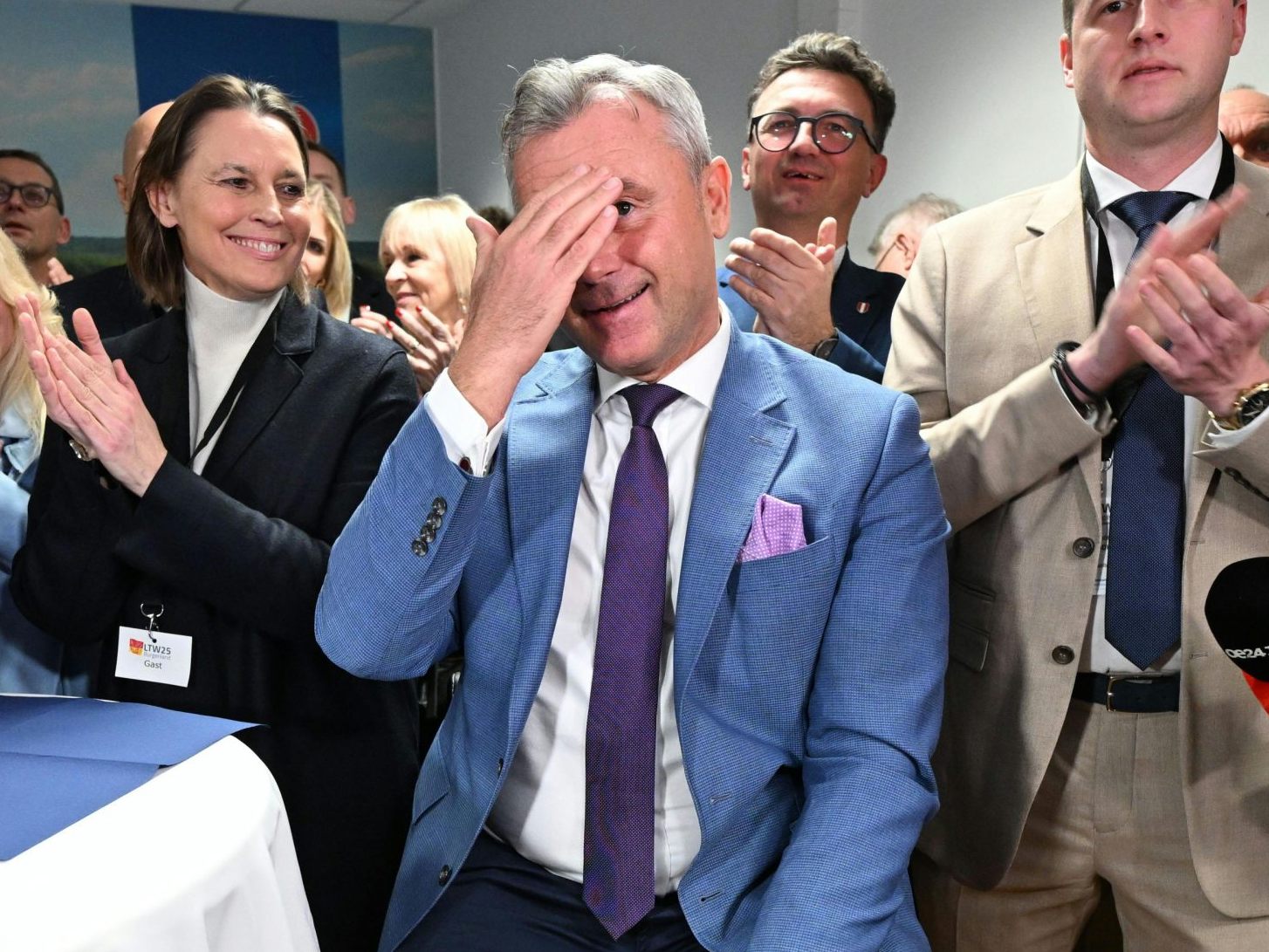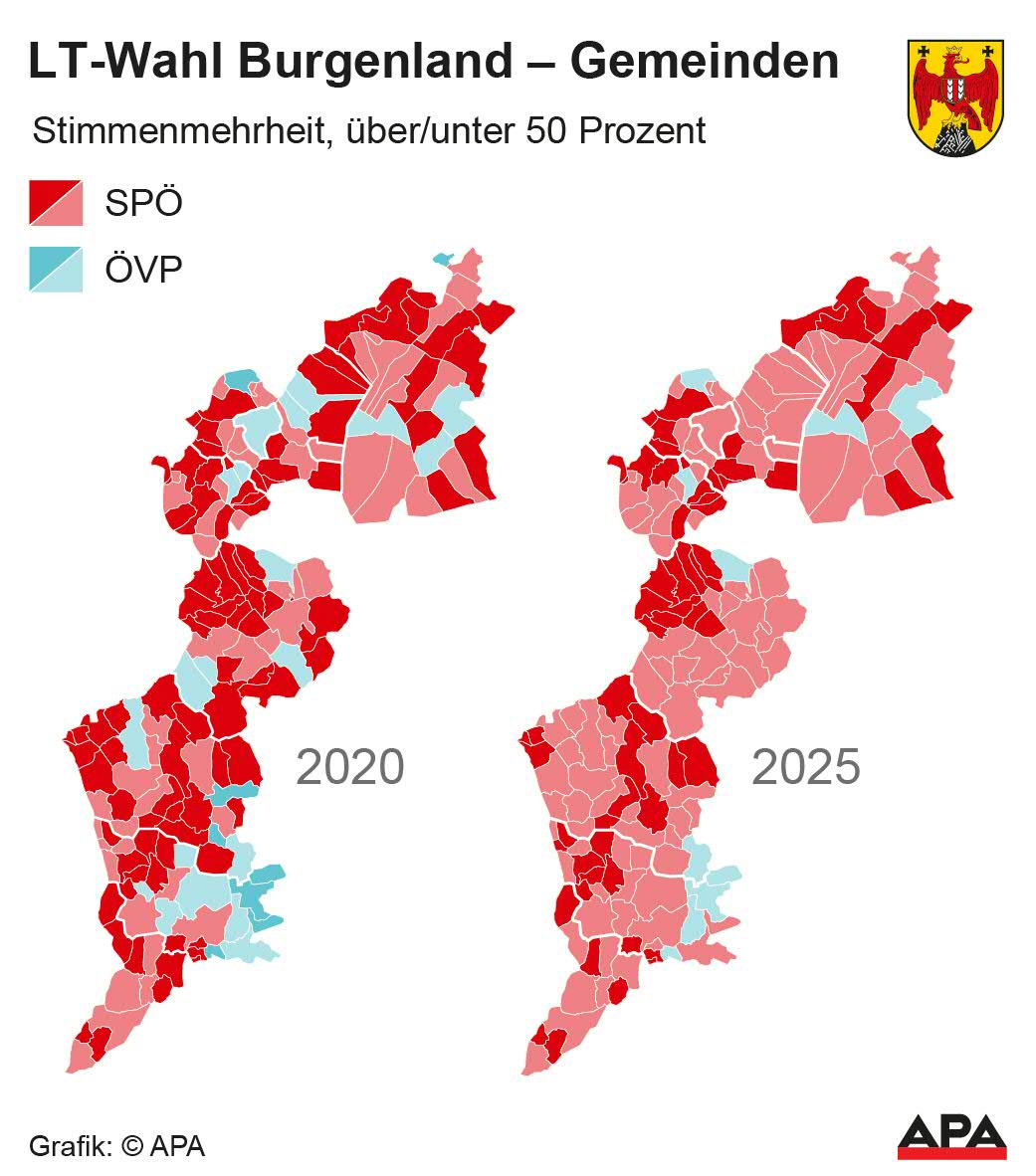FPÖ Did Not Secure First Place in Any Municipality in the Burgenland Election

The FPÖ made significant gains in the Burgenland state elections on Sunday, pushing the ÖVP into third place. However, compared to the national elections at the end of September, it is noticeable that the FPÖ was the strongest party in 49 municipalities at that time. On Sunday, they did not achieve this in a single municipality. The SPÖ secured first place almost everywhere.
SPÖ Reclaimed Blue National Council Strongholds in Burgenland Election
In the national elections on 29 September, Burgenland had the most colourful map in all of Austria: four out of ten municipalities were coloured turquoise, with the rest divided between blue and red. Overall, all three parties in Burgenland were almost equal: the FPÖ and ÖVP each received 29 percent of the votes, with another 27 percent voting for the Social Democrats.
In the state elections on Sunday, however, voters painted a very different, significantly more monotonous map. Few pre-election polls had suggested that the SPÖ would clearly lead. Nationwide, they achieved 46.4 percent. And in 161 out of 171 municipalities, the SPÖ took first place. The ÖVP led in only ten municipalities. The FPÖ, despite significant gains, won nowhere.

The Freedom Party came closest to the Social Democrats in Wiesfleck, where the two parties were separated by only 1.7 percent. In total, the ÖVP was able to defend "its" National Council strongholds on Sunday somewhat better than the FPÖ, as an evaluation by Foresight, ORF and APA shows: In those municipalities where the People's Party was ahead in the National Council election, the SPÖ achieved "only" 41 percent on Sunday.
"Absolute" for SPÖ in Bilingual Municipalities
In the FPÖ strongholds of the National Council election, the Social Democrats, on the other hand, achieved 47 percent. And the SPÖ performed best where it was already in first place in the National Council election. If only these municipalities had voted, the SPÖ would have achieved an absolute majority with 55 percent.
The difference between rural and urban regions, which is more pronounced elsewhere, leaves comparatively small traces in the election results in Burgenland: Only just under 18,000 of the 250,000 eligible voters live in urban municipalities. Clear differences, on the other hand, are shown by the municipalities with bilingual Croatian and Hungarian populations: Here, the SPÖ also achieves an absolute majority with 51.2 percent. The FPÖ, on the other hand, is only at 19.6 percent in these 31 municipalities and is thus just behind the ÖVP.
(APA/Red)
This article has been automatically translated, read the original article here.





